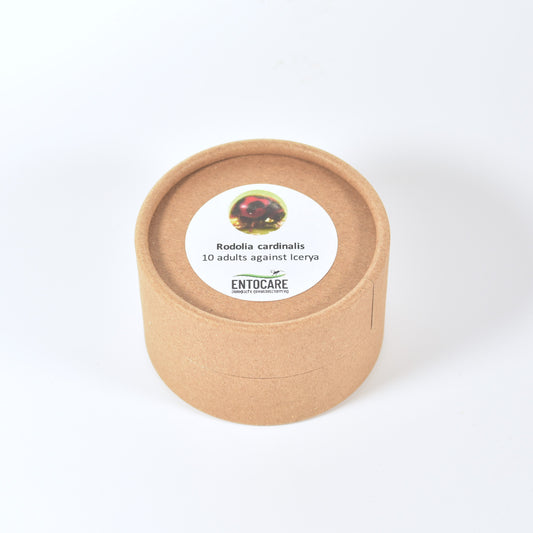
How to recognize Icerya
Icerya is a pest of citrus and many ornamentals like Pittosporum, Alibizia and Mimosa. Icerya has similarities with mealybugs, but belong to a different genus. The adult females attach to branches of woody plants and produce a large white egg-mass with longitudinal ridges, which contains hundreds off eggs. The nymphs that emerge from the eggs will spread throughout the plant in search of young plant parts. They will feed on plant saps, causing major damage. During development Iceryamolts several times. Nymphs will search new spots for each molting. Older stages prefer more wooden parts of the plant for molting. Each stage will produce waxy threads and excrete large amounts of honeydew.
Icerya damage
All stages feed on plant saps, thereby causing inhibited growth and deformations. The large amounts of waxy threads and honeydew make the plant sticky and act as a growth medium for fungi, which hamper photosynthesis.
Icerya host plants
- over 50 host plants, mostly woody crops
- Citrus
- Pittosporum
- Albizia, Mimosa
Icerya life cycle
- hundreds of eggs per female
- egg to adult in 6-8 weeks
- several generations per year in greenhouses
- hermaphrodite, males rare

Icerya male (winged) and female


